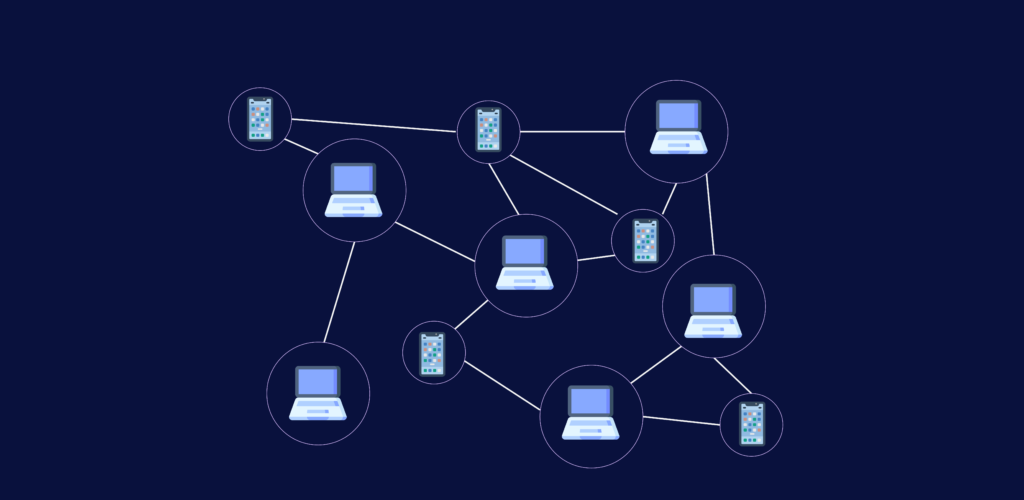
What is Blockchain 2.0
What is Blockchain 2.0?
The term blockchain technology 2.0 serves to distinguish between Bitcoin as an asset and the “blockchain as a programmable distributed trust infrastructure”
More generally, with additions of new scalable features of on-chain utility and extensibility.
Instead of viewing the blockchain as part of the decentralization of money and payments, blockchain 2.0 expands the scope of the technology to enable the decentralization of markets.
More generally, the transaction will involve other types of assets by providing registers for certificates and rights and obligations in real estate, IPR, cars, artworks, and so on.
As blockchain technology 2.0 is coded the new application is said to be running on a new set of protocols (“blockchain 2.0 protocol”).
A comparison with the protocols of the Internet and its layer of stacks illustrates the relation between blockchain 1.0 and blockchain 2.0.
The former can be viewed as the TCP/IP transport layer whereas the latter can be viewed as HTTP, SMTP, and FTP. In this context blockchain, 2.0 applications would be akin to browsers, social networks, and file-sharing services.
Smart Contract
Smart Contract is a computer code running on top of a blockchain containing a set of rules under which the parties to that smart contract agree to interact with each other. If and when the pre-defined rules are met, the agreement is automatically enforced. The smart contract code facilitates, verifies, and enforces the negotiation or performance of an agreement or transaction. It is the simplest form of decentralized automation.
It is a mechanism involving digital assets and two or more parties, where some or all of the parties deposit assets into the smart contract and the assets automatically get redistributed among those parties according to a formula based on certain data, which is not known at the time of contract initiation
Smart contracts are scripts executed in blockchain environment; their codes are accessible to all and anyone can verify the correctness of code execution. The verification is carried out by miners in the blockchain environment. This ensures honest execution of the “contract.”





